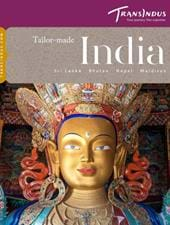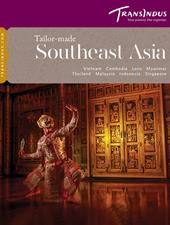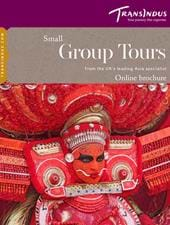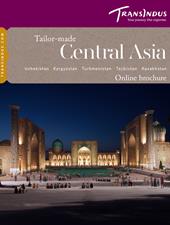Delhi, India’s capital, is home to an estimated 20 million people. A compelling hotch-potch of ancient and modern, it holds the vestiges of at least seven great urban centres: Afghan mausolea crumble on traffic roundabouts; millennia-old fort walls stand next to eight-lane expressways; and Sufi shrines huddle beside concrete flyovers.
More amazing still is the fact that so many cultural transmissions from Delhi’s past eras endure. Five-star hotels host recitals by ghazal singers, sarod players and kathak dancers whose arts have been painstakingly preserved since the days of Mughals. Echoes of the British Raj abound, too, from 1930s elegance of the Imperial Hotel to the uniforms of the sentries strutting down Raj Path.
The most evocative place to gets one’s bearings has to be the Jama Masjid, the magnificent sandstone and white-marble ‘Friday Mosque’ constructed by Emperor Shah Jahan in Old Delhi. Climb one of its minarets for a matchless view over the surrounding roofscape to the ramparts of the Red Fort, where the Mughals held court in a hidden world of cusp-arched pavilions and pillared audience halls. From there, make the most of the city’s clean, efficient metro to travel across town to the National Museum, with its priceless collection of Indian antiquities, and on to Delhi’s southern fringes where the exquisitely carved Qtub Minar has dominated the skyline since 1202 AD.
Evenings may be spent listening to the infectious Sufi rhythms of qawwali at the shrine of Nizammuddin, souvenir hunting in the backstreets of Hauz Khas or dining in some of India’s most sophisticated Mughlai restaurants.








